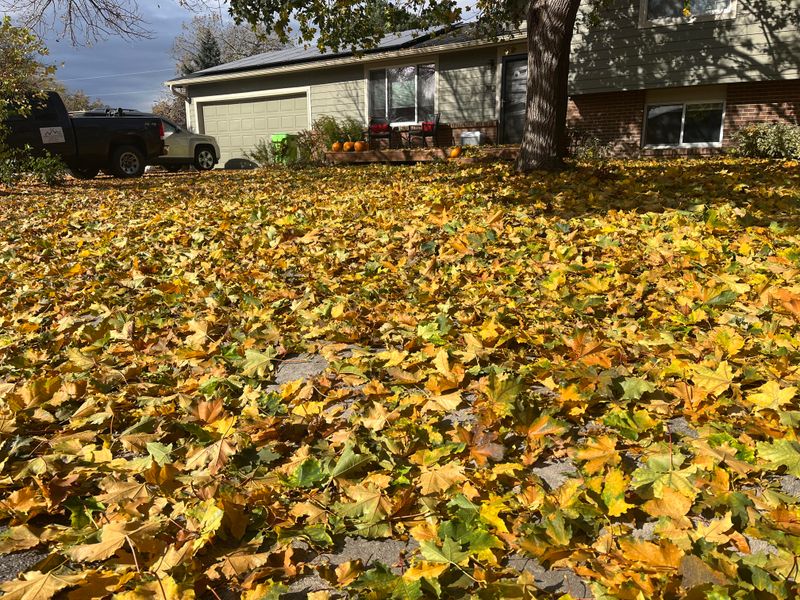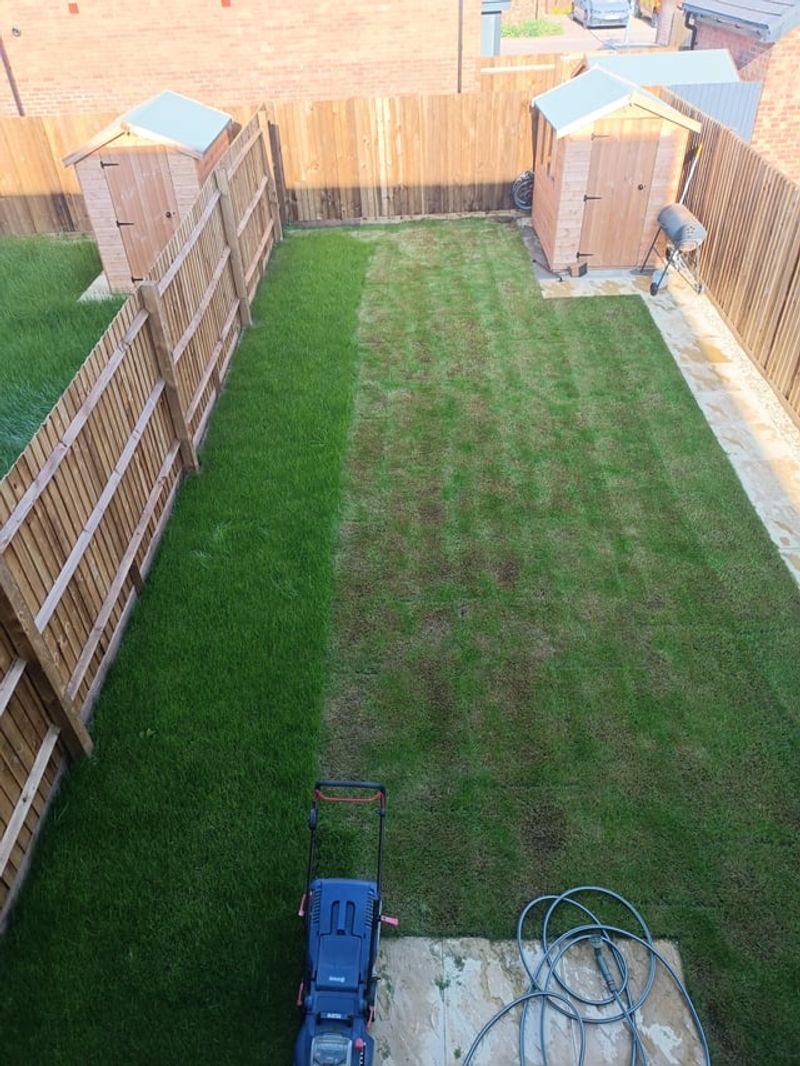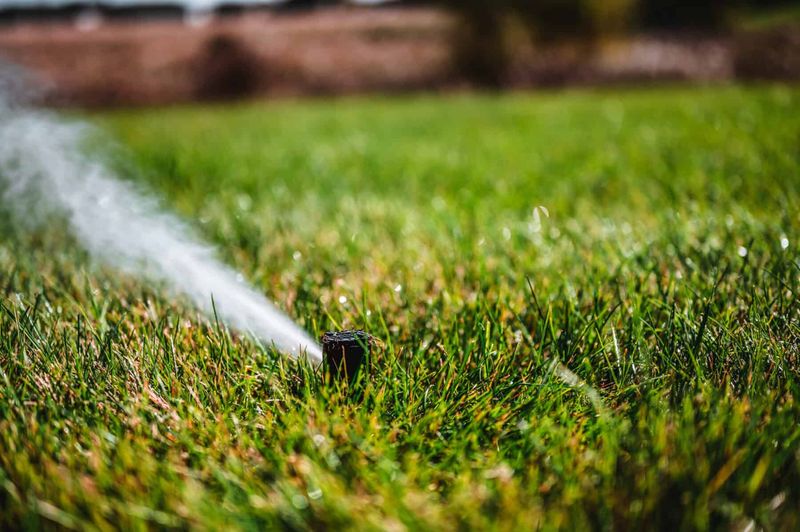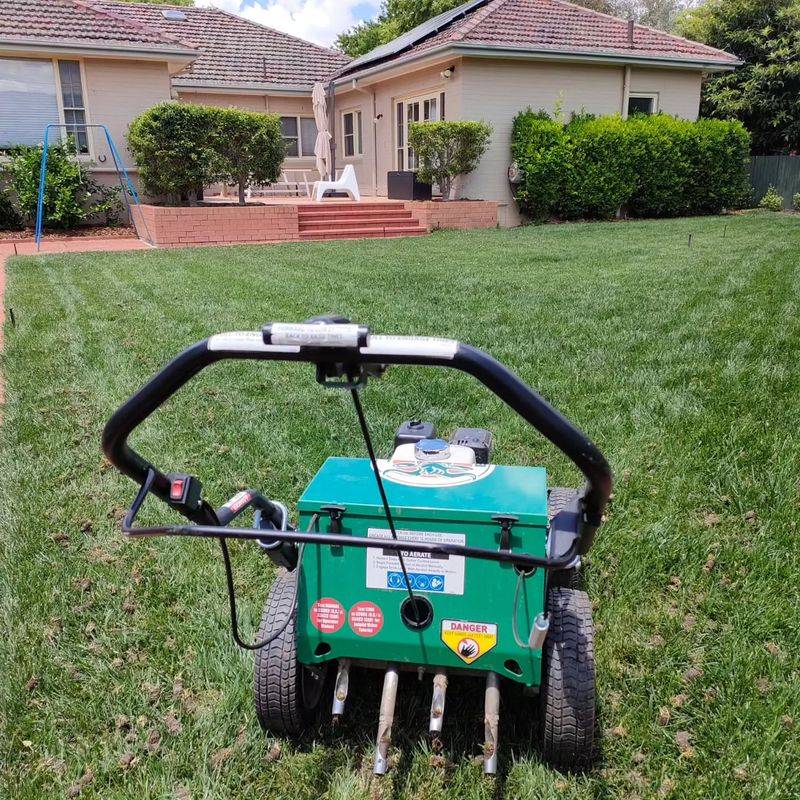Fall in Vermont paints the landscape with brilliant color and ushers in cooler, crisper days. But as the leaves fall, your lawn faces a few seasonal challenges that are easy to overlook.
Many homeowners make simple mistakes this time of year that can stress grass just before winter. A little misstep now could mean a patchy, sluggish lawn come spring.
I’ve found that knowing what not to do is just as important as what you should. With a few smart choices, your yard can stay healthy and bounce back beautifully when the snow melts.
1. Letting Leaves Pile Up Too Long
Those beautiful maple and oak leaves covering your lawn might look picturesque, but leaving them there creates serious problems. A thick blanket of wet leaves blocks sunlight and traps moisture against your grass.
This suffocating layer encourages mold growth and diseases that weaken your lawn’s roots. Your grass needs air circulation and light even during fall.
Rake or mulch leaves regularly throughout the season instead of waiting until every tree is bare.
2. Cutting Grass Too Short Before Winter
Scalping your lawn in autumn seems like it would reduce maintenance, but short grass actually struggles more during cold months. Longer blades provide insulation for the crown and root system where your grass stores energy.
Keep your mower blade set to about three inches during your final cuts. Grass that’s too short becomes vulnerable to frost damage and winter diseases.
The right height protects your lawn while still preventing matting under snow.
3. Skipping Fall Fertilization
Many people fertilize in spring and summer but forget that fall feeding is actually the most important application of the year. Cool-season grasses common in Vermont absorb nutrients aggressively during autumn to build strong root systems.
A quality fall fertilizer helps your lawn store food for winter survival and early spring growth. Without this crucial feeding, grass enters winter weak and depleted.
Apply fertilizer in late September or early October for best results.
4. Ignoring Bare Patches And Thin Spots
Fall represents the absolute best time for overseeding in Vermont’s climate, yet countless homeowners postpone this task until spring. Cooler temperatures and consistent moisture create ideal germination conditions that spring can’t match.
Bare spots left unattended become weed magnets once warm weather returns. Grass seed planted in early September establishes strong roots before winter arrives.
Address thin areas now rather than battling crabgrass and dandelions later.
5. Watering Incorrectly As Temperatures Drop
Grass still needs moisture in fall, but many people either overwater or completely shut off irrigation too early. Vermont’s autumn weather can be unpredictable with dry spells between rain showers.
Monitor rainfall and water deeply but infrequently when nature doesn’t provide enough. Your lawn needs about one inch of water weekly until the ground freezes.
Soggy soil invites fungal problems while drought-stressed grass enters winter already weakened and vulnerable.
6. Neglecting Aeration Before Winter
Compacted soil from summer foot traffic and activities prevents water, air, and nutrients from reaching grass roots effectively. Fall aeration opens up channels that allow your lawn to breathe and absorb what it needs.
This process also helps break down thatch buildup that accumulates over the growing season. September is the perfect window for aerating cool-season grasses.
Skipping this step leaves your lawn struggling unnecessarily when conditions are otherwise favorable for recovery.
7. Parking Vehicles Or Equipment On Grass
As fall projects ramp up, it’s tempting to park trailers, tractors, or cars on your lawn for convenience. Heavy equipment compresses soil and crushes grass crowns, creating dead zones that won’t recover.
Wet autumn soil is especially vulnerable to compaction damage that ruins your lawn’s structure. Frozen ground later in fall isn’t much better for delicate grass plants.
Always use driveways or designated areas for vehicles regardless of how briefly you plan to park there.








